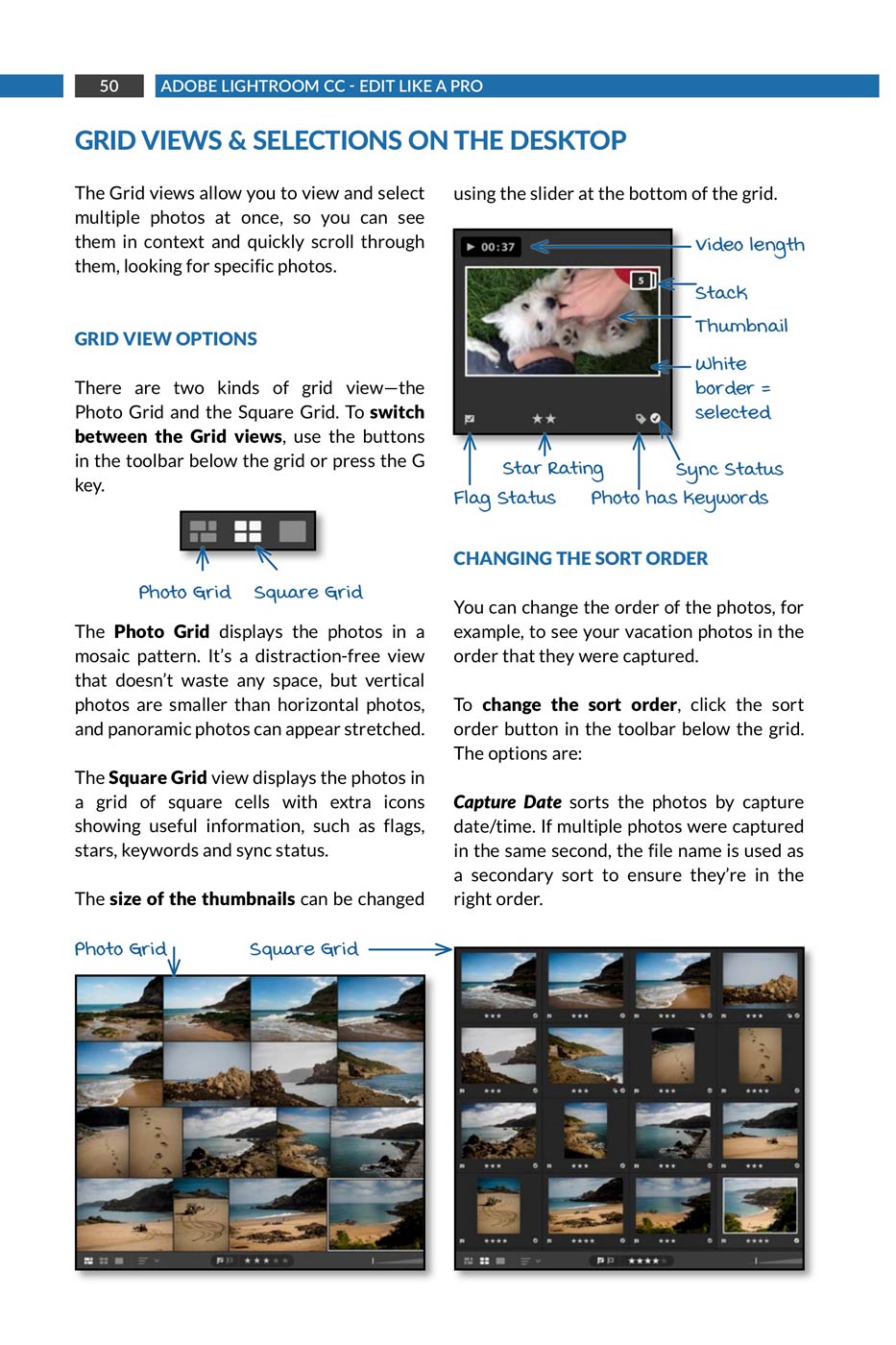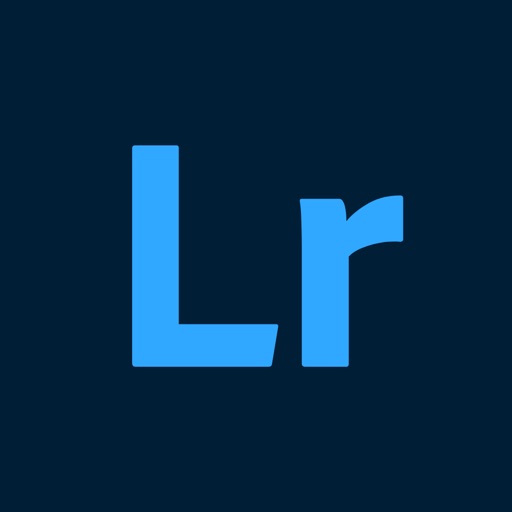
- #Adobe lightroom 6 sale how to#
- #Adobe lightroom 6 sale for mac#
- #Adobe lightroom 6 sale update#
- #Adobe lightroom 6 sale full#
Embedding the original raw into the DNG file isn’t a backup, unless you back the DNG file up somewhere. Select your two folders and click on the Extract button in the box, and your original raw files will end up in that folder.Īs I noted above, I prefer to keep a backup copy of the original raw file in a separate location. There, you’ll get a simple dialog box with two options: the folder of DNGs to be converted, and the destination folder for placing the original raw images. If you decide that you’d prefer to embed the original raw file with DNG Converter, you can easily extract your originals at a later time, by opening the app and clicking on the Extract button at the bottom of the screen. When I set the Preview setting to Medium Size, the result was 513 MB converted during just 27 seconds.
#Adobe lightroom 6 sale full#
When the Preview setting was set to Full Size, I ended up with a total of 543 MB of files, which took 2 minutes 6 seconds to convert. RAF raw files totalling 830 MB at Adobe DNG Converter. As a bonus, the DNG files tend to be smaller than their raw counterparts (if you didn’t choose the Embed Original option).

When the job is complete, you’ll end up with raw-quality files to import into Lightroom 6. And yes, I think it’s a good idea to keep those raw files for the future.Īfter everything is set up, click the Convert button to start the conversion process.

I’d prefer to store the raw files in another location as a backup, rather than stuff them into the DNG files. Including it significantly increases file sizes.

#Adobe lightroom 6 sale for mac#
#Adobe lightroom 6 sale how to#
It’s an extra step, but one that lets you continue to use Lightroom 6 with new cameras. Here’s how to do it: To continue using Lightroom 6, there is an easy workaround: convert the images to Adobe’s DNG (digital negative) format, which was designed as a universal raw alternative that retains all the image information saved to the camera’s sensor, but in a file that can be opened by any application that understands DNG files. Since Adobe ended support for Lightroom 6 at the end of 2017, the software will no longer receive those updates. Camera manufacturers tweak the raw recipe for each camera model, which is why you frequently see updates to Adobe Camera Raw, Photoshop and Lightroom that add new raw formats. If you’re shooting with a camera released after that date, Lightroom 6 won’t recognize those raw files. The app still works fine, however, so if you’ve chosen it over Adobe’s subscription offerings (Lightroom CC and Lightroom Classic CC), you shouldn’t see much of a difference for the time being.
#Adobe lightroom 6 sale update#
The last perpetual revision, Lightroom 6.14, was released on December 19, 2017, and Adobe isn’t going to update or support it going forward. Lightroom 6 has reached the end of its road, so it’s all gravel lane from here on out.


 0 kommentar(er)
0 kommentar(er)
